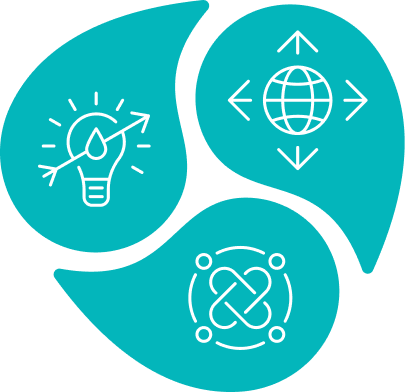The supply of raw or bulk water needs major infrastructure and other works in catchment management, afforestation, dams, reservoirs, pipelines, etc. The cost of these works is partly borne by the state (as a public good, justified by strategic considerations, drought prevention, flood control, environmental protection, etc.) and partly imposed on the main beneficiaries – urban users, farmers, hydropower companies, mines, industries, etc. as a raw/bulk water infrastructure charge (e.g., the South African Raw Water Infrastructure Charge). Below are the main types of charges related to water services.
Non-consumptive charges: Water charges applied to hydropower or thermal power generation and industrial cooling applications. These charges are normally at a lower rate than for consumptive use, although non-consumptive use does entail some opportunity cost, where water is stored, released into a different part of the catchment, or with its quality or temperature altered. Some countries (e.g., Colombia, Brazil) charge a royalty or a financial compensation of the amount of energy produced. The revenue generated is allocated mainly among water authorities, states, and municipalities, who in theory could use it for water management improvements (funds are not necessarily earmarked for this purpose) (SIWI, 2016).
Irrigation water charges: Water for irrigation tends to be subsidised. Volumetric pricing through metering is rarely feasible, and consumption proxies tend to be used, such as acreage, type of crop, and size of harvest. To encourage efficiency of water-use in agriculture, accurate volumetric charges for water would be ideal, however, this is very difficult politically and can risk imposing unreasonable costs poor farmers if implemented badly. Irrigation districts and water user associations are sometimes used to assist with the implementation of water pricing, pooling the resources of a number of individual farmers in order to jointly manage the water system and its associated costs. In some cases, these organisations purchase water from the government or source provider, and then charge a tariff or operate a market-based pricing scheme to allocate among the association members (SIWI, 2016).
Household and industrial water tariffs: These tariffs signal the economic value of water to consumers. Volumetric tariffs are more versatile than fixed charges and can provide an incentive for careful use. Linear Tariffs, Increasing Block Tariffs (IBT), and Decreasing Block Tariffs (DBT) are different systems of volumetric charges for water. They all need proper meters and appropriate rates to be fair and effective. In last decades, Full Cost Recovery and Sustainable Cost Recovery principles have gained momentum (Tool D2.03), providing for water supply and sanitation tariffs, on the one hand, the opportunity cover operation and capital costs as well as environmental and resource costs associated with the consumption of the service, and on the other hand, a combination of user charges and public transfers, enabling the water utility to count on them to finance investment (OECD, 2021).
Effluent charges: The treatment of urban wastewater is a public good whose cost is either subsidized by the state or recovered from a surcharge on household water tariffs. The latter signals to households the cost imposed on society from treating the water that they consume. Industrial effluent charges are normally levied on the company discharging the wastewater, based on the estimated presence of specific constituents in the effluent. The effluent charge can play an economic role if it is set at a level that reflects the social cost of treatment – the discharger can then decide if it is cheaper to pre-treat or avoid the discharge in some other way. In addition to using wastewater tariffs for cost recovery, economic instruments can be used to incentivize pollution prevention. Most commonly, liability rules for release of pollutants and related effluent taxes are established according to the polluter pays principle (SIWI, 2016).

 IWRM Tool - C4.01
IWRM Tool - C4.01